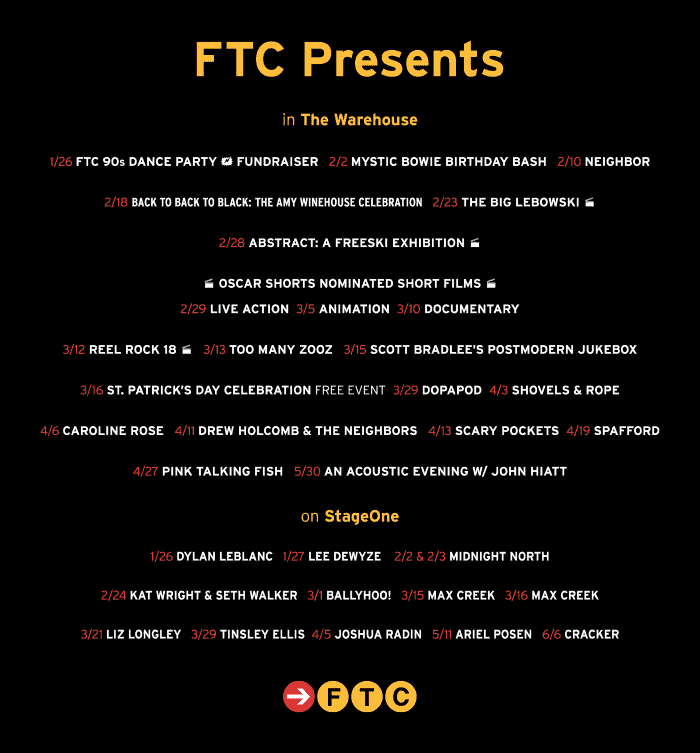Westchester County Executive George Latimer and the county’s Department of Emergency Services, DES, under the leadership of Acting Commissioner Richard Wishnie and Deputy Commissioner Susan Spear, are teaming up to provide helpful fire safety tips for Westchester residents this holiday season.
“The professionals here at DES know the ins and outs of fire safety,” Latimer said. “This holiday season while we all may be gathering less—heed their advice,
follow these tips and keep your family safe from preventable accidents.”
At DES’s fire training facility, Latimer and the DES team will outline some important reminders to help keep your family safe—and demonstrate just what
exactly could go wrong. The four main topics covered will include Christmas tree and holiday decoration safety, candle safety, electrical safety and proper use of a fire extinguisher.
“The holiday season leads to an increase in these type of fire-related accidents,” Wishnie said. “Westchester’s career and volunteer firefighters are here to
keep us all safe, but hopefully never need to use their training on your home thanks to these useful tips.”
Christmas Tree & Holiday Decoration Safety
Home fire fatalities increase during the winter—and while it is always festive to see holiday decorations, they can increase the risk for a home fire. Here are a
few simple tips to keep your holidays safe:
• Choose a tree with fresh, green needles that do not fall off when touched
• Water your live Christmas tree every day. A dry tree is a fire hazard
• Trees too close to a heat source cause 1 in every 4 winter fires
• More than 1 in every 4 home Christmas tree fires are caused by electrical problems
• More than 2 of every 5 decoration fires happen because decorations are placed too close to a heat source
• Make sure you are using the correct lights. Lights are for indoor or outdoor use, but not both
• Replace string lights with worn or broken cords or loose bulb connections
• Read manufacturer’s instructions on string lights for the number of light strings to connect (i.e. don’t link more than 3 strings together)
• Use clips, not nails, to hang lights so the cords do not get damaged
• Choose decorations that are flame resistant or flame retardant
• Make sure decorations don’t block windows and doors
• Always turn off all decorative lighting before you leave home or going to bed
• Test smoke alarms before putting up decorations to ensure they are operational
“Don’t let a fire emergency ruin your holiday season,” Spear said. “Be smart, remain vigilant and follow these guidelines.” Luci Labriola-Cuffe, chief of
Training Branch, DES Fire Division, said, “Having a fire in your home is devastating any time of the year. We are offering these safety recommendations to help you and your family remain safe this holiday season.”
Candle Safety
As more than 1/3 of home decoration fires are started by candles, be sure to follow these important tips:
• Keep lit candles at least 12 inches away from anything that burns
• Keep lit candles away from decorations· Consider using battery-operated flameless candles, which can look, smell and feel like real candles
• Place candles in a sturdy candleholder that will not tip over
• Keep children and pets away from lit candles· Never leave burning candles alone
• Unattended candles are the cause of one in five home candle fires
Electrical Safety
On average, 5,000 people visit the emergency room each holiday season due to indoor and outdoor electrical decoration mishaps (i.e. falls, cuts, shocks, burns).
Here are some electrical safety tips this holiday season:
• Inspect electrical decorations for damage before use. Cracked or damaged sockets, loose or bare wires, and loose connections may cause a serious shock or start a fire
• Do not overload electrical outlets. Overloaded electrical outlets and faulty wires are a common cause of holiday fires. Avoid overloading outlets and plug only one high-wattage appliance into each outlet at a time
• Never connect more than 3 strings of incandescent lights. More than 3 strings may not only blow a fuse, but can also cause a fire
• Protect electrical cords from damage. To avoid shock or fire hazards, cords should never be pinched by furniture, forced into small spaces such as doors windows, placed under rugs, located near heat sources or attached by nails or staples
• Turn off, unplug and extinguish all decorations when going to sleep or leaving the house.
Lastly, and most importantly, know the location, type and purpose of your fire extinguisher. Know how to use the fire extinguisher before an emergency—and if
you have to use it—use the PASS method: Pull (the pin), Aim (the nozzle), Squeeze (the handle), Sweep (from side to side). Only use the fire extinguisher
on small fires, if the fire doesn’t go out after the use of one extinguisher, exit the home and call 911 immediately. Make sure you have a family exit plan and a have a meeting place outside to ensure all get out of the home safely.
(Submitted)








